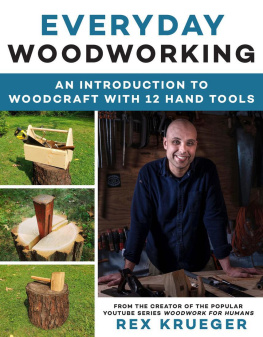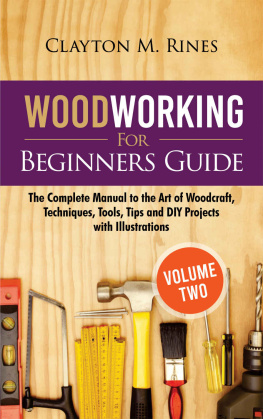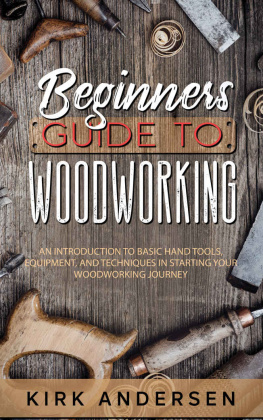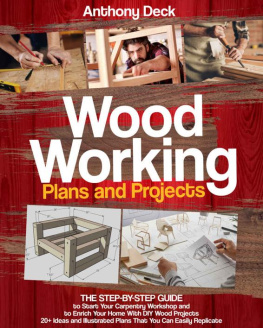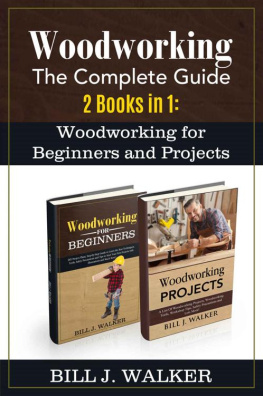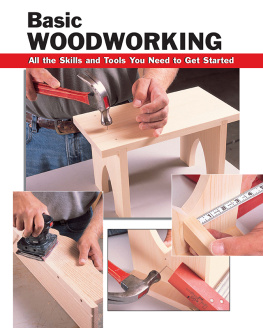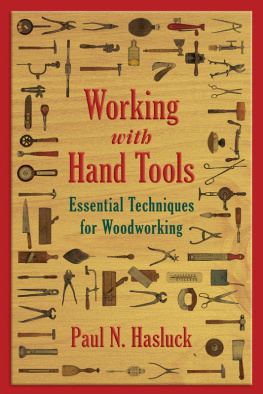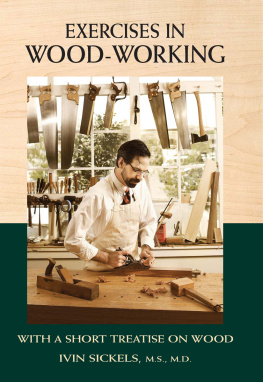


Copyright 2021 by Rex Krueger
All rights reserved. No part of this book may be reproduced in any manner without the express written consent of the publisher, except in the case of brief excerpts in critical reviews or articles. All inquiries should be addressed to Skyhorse Publishing, 307 West 36th Street, 11th Floor, New York, NY 10018.
Skyhorse Publishing books may be purchased in bulk at special discounts for sales promotion, corporate gifts, fund-raising, or educational purposes. Special editions can also be created to specifications. For details, contact the Special Sales Department, Skyhorse Publishing, 307 West 36th Street, 11th Floor, New York, NY 10018 or .
Skyhorse and Skyhorse Publishing are registered trademarks of Skyhorse Publishing, Inc., a Delaware corporation.
Visit our website at www.skyhorsepublishing.com.
10 9 8 7 6 5 4 3 2 1
Library of Congress Cataloging-in-Publication Data is available on file.
Cover design by Erin Seaward-Hiatt
Cover photo credit: Rex Krueger
Print ISBN: 978-1-5107-6016-5
Ebook ISBN: 978-1-5107-6347-0
Printed in China
To my Patrons. You make it possible.
Contents
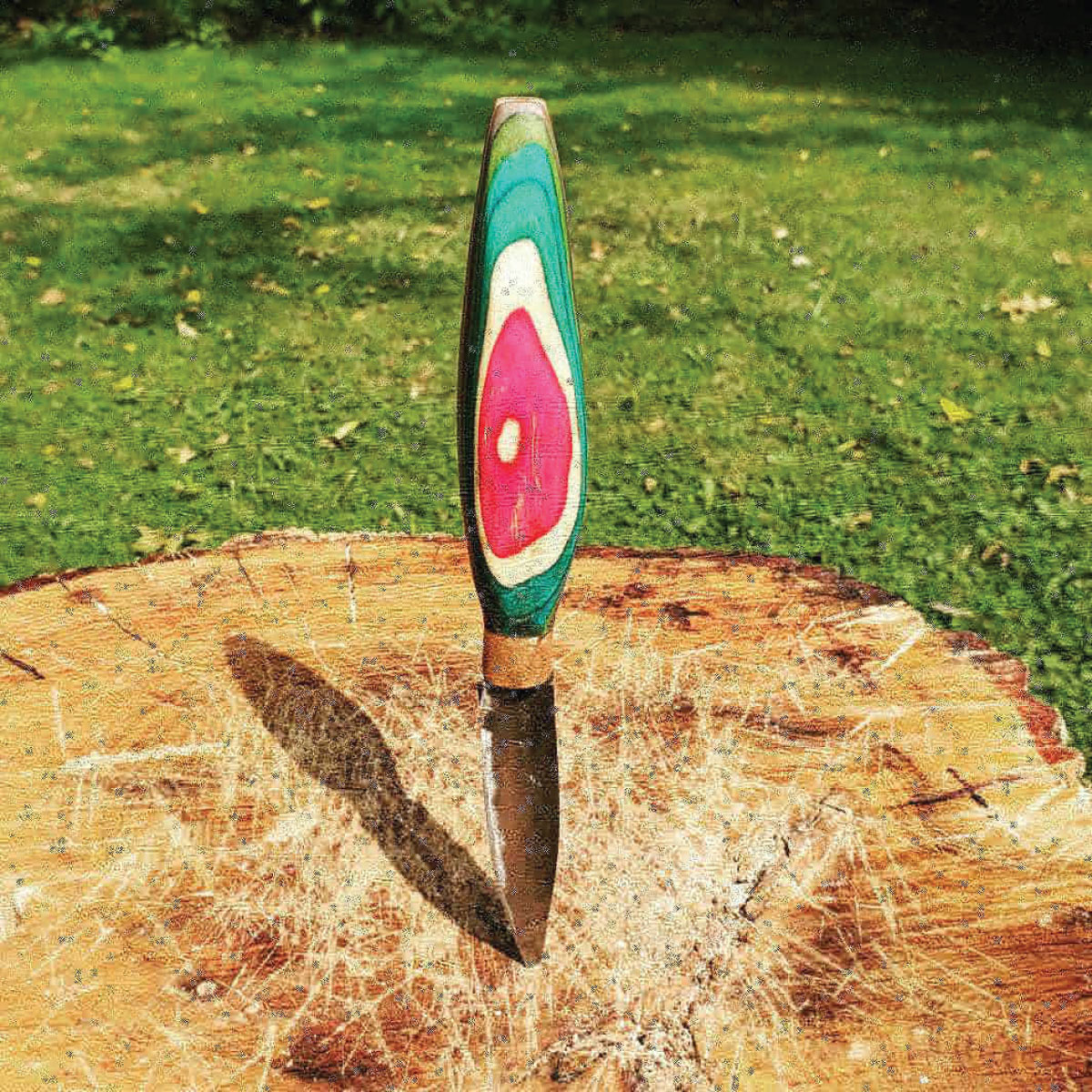
This Is How It Starts: An Introduction
Someone wants to become a woodworker. They go down to the home center and buy a table saw, jigsaw, router, drill, and sander. At home, the tools are set up and the woodworker just... starts. With no one to teach them, the woodworker watches a few videos online and then starts cutting wood. Maybe it goes well. They make a few simple projects, make a few better ones, and then buy better tools and do more advanced work.
Maybe it goes badly. The neighbors are irritated by the noise. The woodworker doesnt like being covered in dust (and is a little bit uncomfortable with all those spinning blades). The machines get used less and less. Eventually, the woodworker gives up.
Maybe it goes very badly. The woodworker gets hurt. Cheap table saws can slice right through your finger. Youd be shocked at how often it happens.
I started out with a bunch of power tools and not much experience. I wish I hadnt. Pushing a piece of wood through a table saw is easy, but it doesnt teach you very much. You wont learn about the structure of wood or grain direction. Your hands wont become skilled.
I probably own every power tool out there and Ive worked as a professional furniture builder, so Ive lived this story. All that time behind machines taught me that power tools separate you from the work. Machine tools teach you to impose your will on the wood. You decide on the shape and you force the wood to do what you want. Many fine pieces of furniture are built this way, but the craftsperson never learns the material, never trains their hands.
Theres Another Way
If I was starting again, I would skip the machinery.
I would buy a few good hand tools and spend time learning how to use them. Instead of rushing to finish my first project, I would learn how to saw a straight line, chop a graceful curve, and carve a little detail.
I would spend a lot of time learning about wood: how trees grow, how wood is cut and dried, and how to read the grain in each new piece I pick up. I would learn how to work with the material, exploiting its weaknesses and using its strengths.
My first projects would be simpleand useful. I would build a box to carry my tools, a stool to sit on, and a workbench so small and light that I could just carry it around.
Instead of being trapped in a dark basement, I would make my work space any spot that suited me. I could work in the yard on a sunny day. If I lived in an apartment, I could keep everything in a closet and pull it out when I had time.
I think this is the way most people should get started, so I wrote this book. You can get started cheaply and safely. You can gather knowledge and skills that will always be relevant, no matter how you follow the craft. Once you understand wood and know the basic techniques, you can still buy those machines. Theyre not going anywhere.
Woodwork for Humans
If you ask me about woodworking, I say I like the human approach. Some people laugh at this answer because only humans do woodwork. Who else could woodwork be for? Aliens?
When I say woodwork for humans, I mean people over machines and knowledge over equipment. I tell woodworkers to hold tools in their hands and learn to cut a straight line or drill a clean hole. I like the human approach because I believe in equipping your brain instead of your shop. If you understand how your tools work, youll never be limited to what you can buy.
When you invest in knowledge, you can solve any problem. If a tool breaks, you can fix it or build another. If your shop is destroyed by flood or fire, everything will not be lost. With the right information, no setback is permanent.
The human approach is affordable. The woodworking world is filled with expensive gizmos to help you perform every operation. Some of them work. Most of them are overpriced. My father once said to me, Rex, you can solve any problem if you throw enough money at it.
Hes right. Many of the gadgets on the market really will hide your screw holes or cut your dovetails for you. But if you solve your problems by buying things, you havent accomplished much. All those things can be lost or stolen or broken. The one thing thats really yours is your knowledge. With that in mind, I always keep expenses to a minimum. Throughout history, woodwork has been done mostly by working-class people without much money. Theres no reason that modern woodworking should be reserved for the rich. The tools I list below can all be bought for around $300. Thats less than the cost of a cheap table saw, and most of these tools will last for decades.
As your skills grow, you can slowly add new tools, one at a time. Youll learn how to spot good, affordable tools. You wont waste money. Youll make objects that your friends and family will cherish forever.
Thats woodwork for humans.
If youd like to learn more about the Woodwork for Humans philosophy and get a FREE bonus chapter with an extra project, go to www.woodworkforhumans.com/free.
The 12-Tool Wood Shop
A beginners tool kit should be small, portable, and affordable, so were going to focus on twelve quality tools that wont break the bank. Heres a list of the tools along with brand recommendations.
A Hatchet
Most people have used a hatchet at summer camp. You probably never thought that it could be a tool for fine woodworking, but even an inexpensive hatchet can split, carve, and trim wood. You can flip it around and use the back as a hammer for tapping joints together. Throughout this book, I just use an inexpensive Boy Scout hatchet I bought at a flea market. Find an old hatchet at a garage sale and youll probably have a good tool for little money.
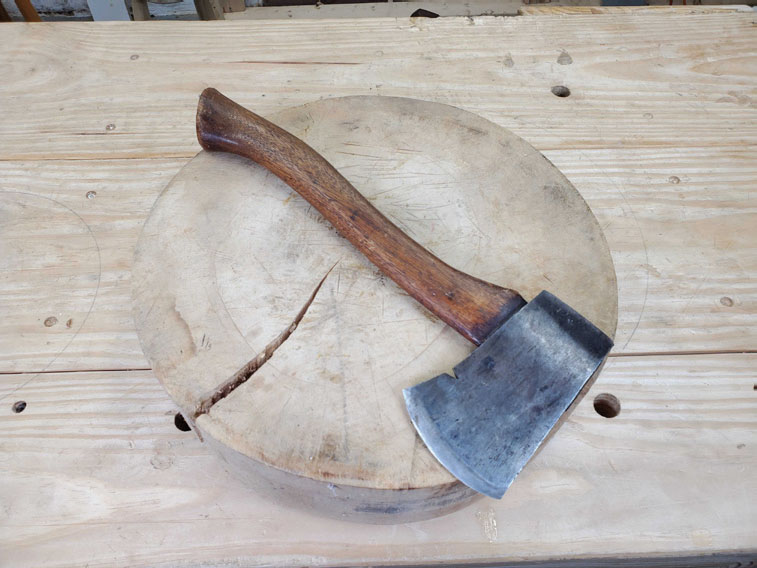
Next page
